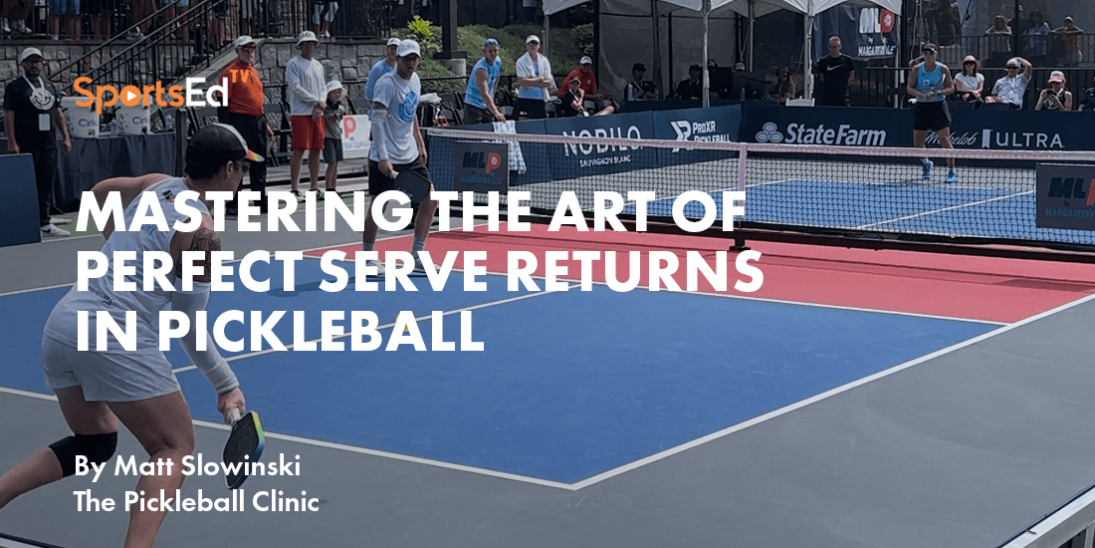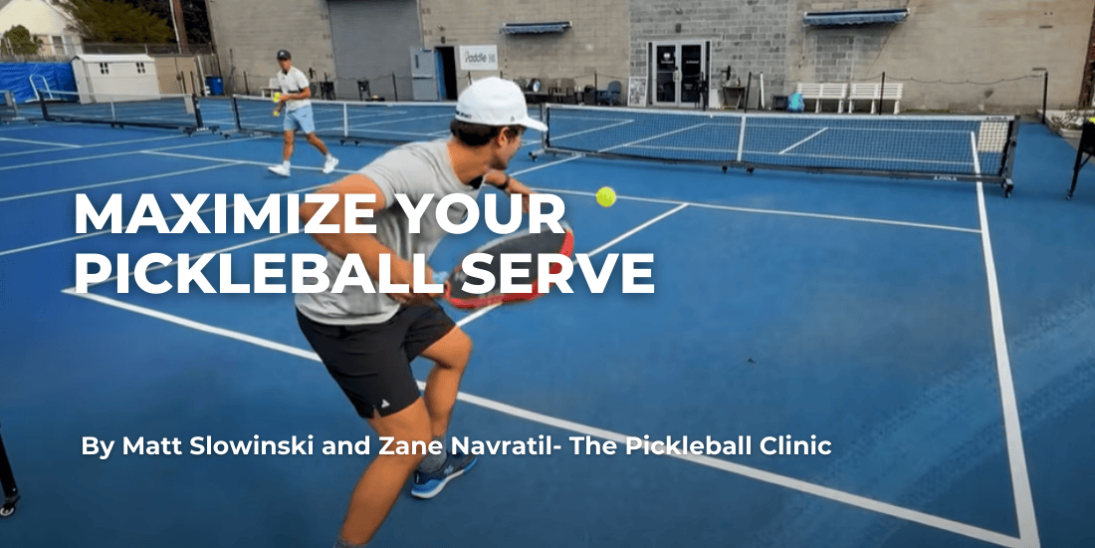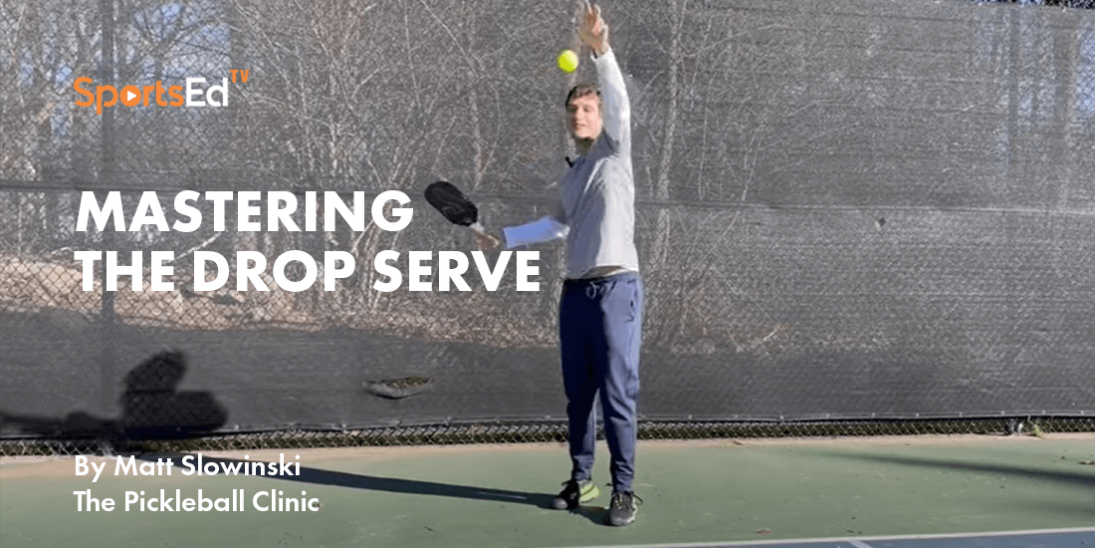Pickleball
Welcome and thanks for visiting...

Conquering the Backhand Dink in Pickleball
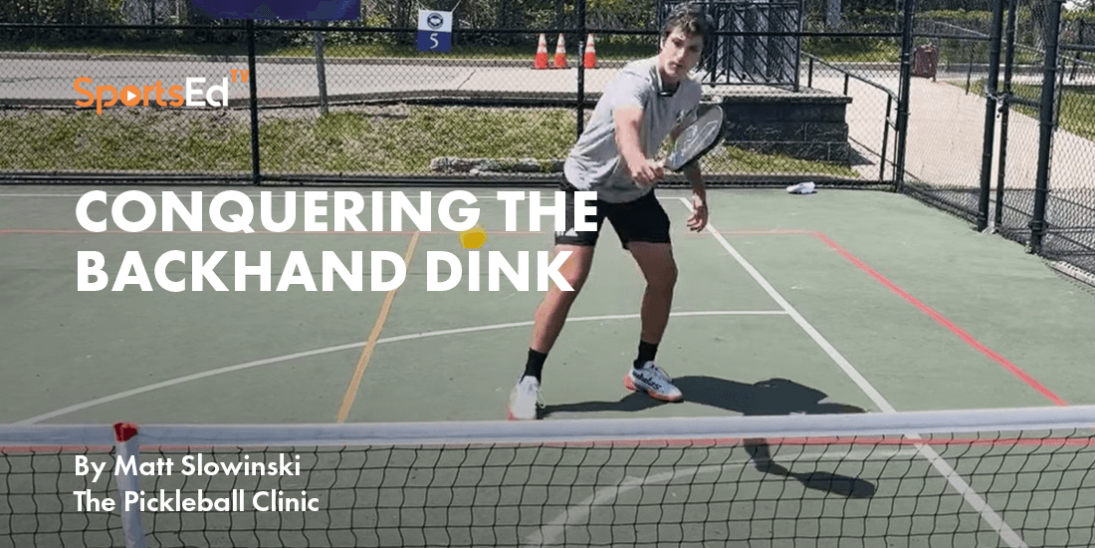
Hello, it's Matt from the pickleball clinic. Today, we are embarking on a journey to master one of the most fundamental shots in pickleball: the backhand dink. Often viewed as a challenging aspect of the game, especially for beginners and intermediate players, a well-executed backhand dink can become a formidable weapon in your pickleball arsenal.
Understanding the Backhand Dink
The backhand dink is an essential shot in pickleball, which, when perfected, can become a force to be reckoned with. Consistency is key; ensuring that your shot lands smoothly in the kitchen without going astray or hitting the net can be a game-changer. But how do we turn this seemingly daunting shot into an offensive tool capable of setting up points and drawing pop-ups to outmaneuver your opponents? Let's dive into it.
Tip 1: Straight Arm for Precision Control
The first secret to a consistent and accurate backhand dink lies in maintaining a straight arm. Beginners often fall into the trap of bending their elbow, resulting in a cut or slicing motion that involves many moving parts, making it harder to control.
We want to avoid this complexity and instead utilize the strength of our shoulder for a controlled swing. By keeping the elbow straight, and creating a line from your shoulder to your hand, you simplify the motion. Instead of cutting at the ball, aim to lift it, which can be achieved with a short, compact motion with your shoulder. This technique offers superior control, as the shoulder is a stronger muscle than the elbow.
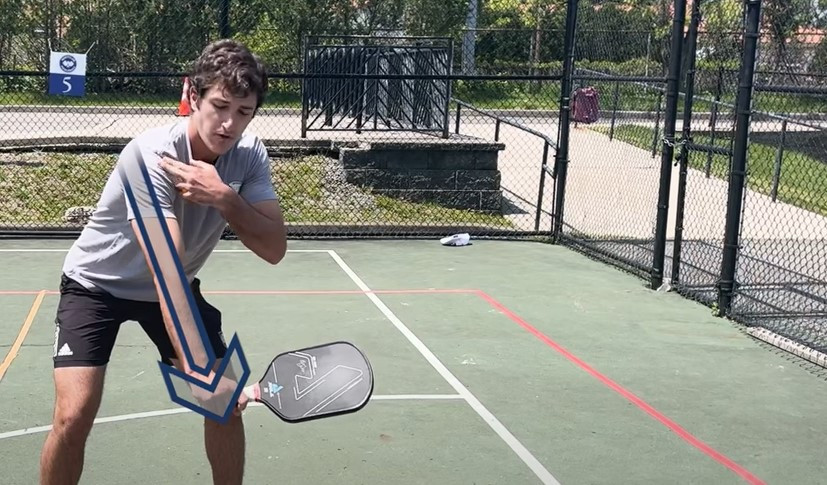
Tip 2: Keeping the Wrist Still
The second tip to mastering a backhand dink focuses on your wrist. It's not uncommon for players to flick their wrist through the shot, even if they maintain a straight arm. This flicking action can lead to inconsistencies in the shot.
For a more effective backhand dink, the wrist should remain locked and still throughout the entire shot. So, as you swing using your shoulder, your wrist stays in the same position without hinging or stabbing. It's all about moving the shoulder up and down while keeping the wrist still.
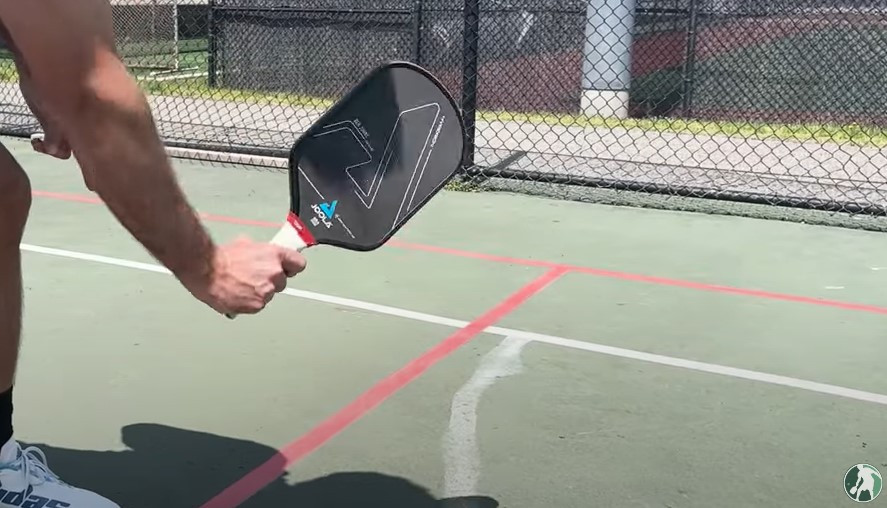
Tip 3: No Backswing and Positioning Behind the Ball
Our third tip revolves around positioning and the size of your backswing. Many players mistakenly take a large backswing, leading to the ball going too far or too high, providing their opponents with an opportunity to strike back. To combat this, it's crucial to use no backswing and maintain positioning behind the ball.
In terms of positioning, your paddle should always be kept in front of your feet. Avoid any instance where you may be tempted to take the paddle back behind your toes. To ensure this, make a conscious effort to move side-to-side to get behind the ball, and always maintain a small and compact backswing.
Reaching out for the ball can lead to an uncomfortable paddle position and increased chances of missing the ball. Keep your paddle out in front and move with the ball. This technique will help improve your backhand dink while also reducing the chance of leaving yourself exposed on the court.
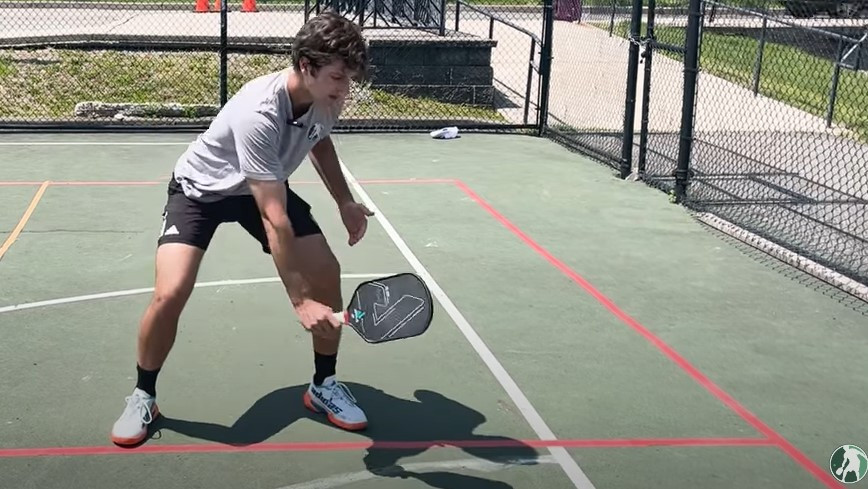
Consistency and Aggressiveness
Implementing these tips into your pickleball practice will not only increase your backhand dink's consistency but will also make it more aggressive. An effective backhand dink will force your opponents to pop up the ball, setting you up for the perfect attack.
The goal is to keep the ball in the kitchen, move it around, and wait for the right opportunity to strike. Practice these techniques diligently, and in time, you will see improvement in your backhand dink and overall gameplay. Happy dinking!




